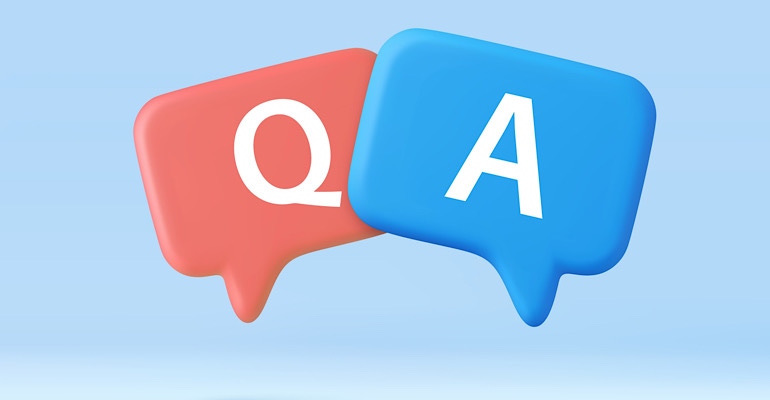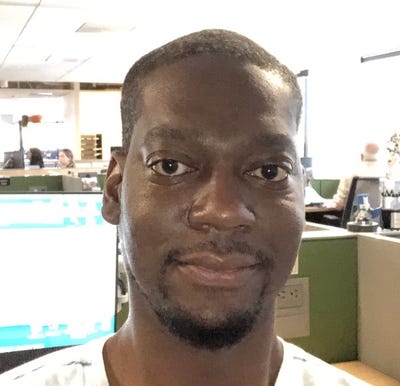You Have a Great Idea for a Medical Device – Now What?
Timothy Looney, president and CEO of Northeast Biomedical, will give tips and strategies to startups on how to develop and successfully bring a product to market, during a session at BIOMEDevice Boston.
August 28, 2023

Developing a product in the medtech industry can be a difficult task if you don’t have the right know-how. The easy part is coming up with the idea for the device – the hardest part is everything that comes after.
A session set to occur at BIOMEDevice Boston titled “You Have a Great Idea for a Medical Device – Now What?” will discuss how these ideas can be turned into viable products to reach the market.
Timothy Looney, president and CEO at Northeast Biomedical, will be the speaker for the session. Looney spoke with MD+DI (a sister publication of Design News) about his upcoming talk and how his company helps startups, firms, and entrepreneurs develop technology.
MD+DI: Before we jump into the session, let’s talk a bit about Northeast Biomedical and the role it serves.
Looney: At Northeast Biomedical we’re a product development and contract manufacturing company. We work with a bunch of different types of medical products and companies. We work with physicians/inventors; inventors, and small, medium, and large companies. We go in and act as their engineering department. We go in and take their research and turn it into a product. Our system is ISO-certified to 1345 and we’re FDA compliant.
MD+DI: Let’s talk about the session now. What is the premise?
Looney: The premise of this talk is that they always have some sort of idea or technology that they want to develop into a product, but they have no idea how that’s done or all of the steps that need to happen.
MD+DI: What are the four key components that those developing products need to know?
Looney: The first is how you structure your plan for development. The second [component] is what do you need to do from a business standpoint to execute on the plan that you’ve just developed – as far as what resources you need. One of the things I’m going to get a little heat for is that you don’t need any scientists at this point. The scientists are done.
The next [component] is how the technology is going to develop and when it’s ready to go into actual development, because there are risks involved. There are things you can do to mitigate those risks and you want to make sure the technology hits certain checkpoints. The last [component] is, now that you’re going through this development process, now you want to sell [ the device], you want to put it on the market.
MD+DI: Which component do you see clients struggling with the most?
Looney: I would say all four. I think a lot of it comes down to the planning. A lot of them don’t understand … And it’s nothing against them. They’re coming up with cutting edge technology just like the steps that are involved.
MD+DI: What are some of the frequently asked questions from your clients.
Looney: The biggest question is - what classification is this device? Is it I, II, or III. That sets the tone; sets the pathway, [and] sets the requirements for the level documentation, level of clinical requirements from FDA moving forward.
MD+DI: Is there a time when it’s too late to engage Northeast Biomedical?
Looney: The way that we’re structured is we can help in the beginning, middle and end of the process. It doesn’t really matter. I can’t name, names but there’s multiple customers that we’ve had that have been in trouble. Either they can’t release the product because they don’t have enough hands-on deck to get the testing done, or something has been done improperly and it needs to be redone, or they missed something. We’ve had a few critical recalls. We’ve had FDA knocking on the door looking for things they don’t have. You don’t go back and falsify; you create it then and make sure your documentation (reflects that). It must be a very clean package. Everything needs to have dates and there are certain things you must do. We get audited every year.
MD+DI: I want to switch gears for a second. One of the biggest trends in medtech now is the emergence of software and artificial intelligence. Could you discuss how the implementation of software, machine learning, and artificial intelligence impacted medtech? What are you seeing from your clients?
Looney: As you know, software is a pretty big touchpoint with a lot of people. FDA wants you to release a software that’s set and not going to change under any conditions. But that goes against any machine learning or AI-based technology that adapts and gets better. FDA is struggling with that and how they deal with that and the implementation. It does complicate things. The price of including any kind of smart software gone up just from the validation by probably a factor of 10.
MD+DI: Many entrepreneurs or companies developing this healthcare-focused software usually come from a tech background. Some don’t have any experience on the medtech side. How do you help guide these companies/inventors through the industry?
Looney: If you look at the way software is developed, it’s developed in scrums and then they go and iterate very quickly. You can’t necessarily do that in the medtech world. One of the things we try to steer people towards is [while] it moves slower, [what are things] we can do to simplify it. I understand that you can put 15 different features in here but what are the one or two that we really need and can we nail those down now to get some sort of traction out in the market and get some use. And then, look to add to that? Because adding on top of that, adding features is a lot easier than getting the first few features through.
MD+DI: Finally, when is the best time for people should engage Northeast Biomedical?
Looney: I would say it’s early in the beginning when they think that have identified a technology that satisfies some sort of user need, and they know which market they want to put it in.
You Have a Great Idea for a Medical Device - Now What?” will be held Wednesday, Sept. 20, from 10 a.m. to 10:45 a.m. at BIOMEDevice Boston in Conference Room 52A at the Boston Convention & Exhibition Center.
About the Author(s)
You May Also Like



.png?width=300&auto=webp&quality=80&disable=upscale)
